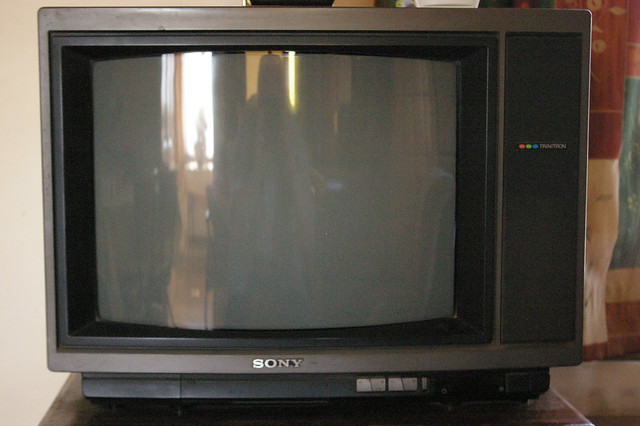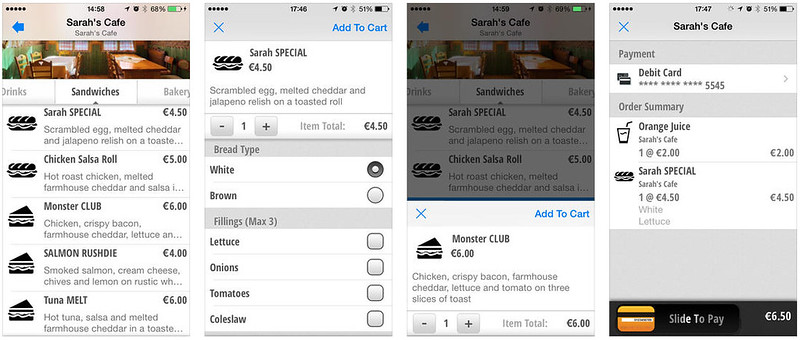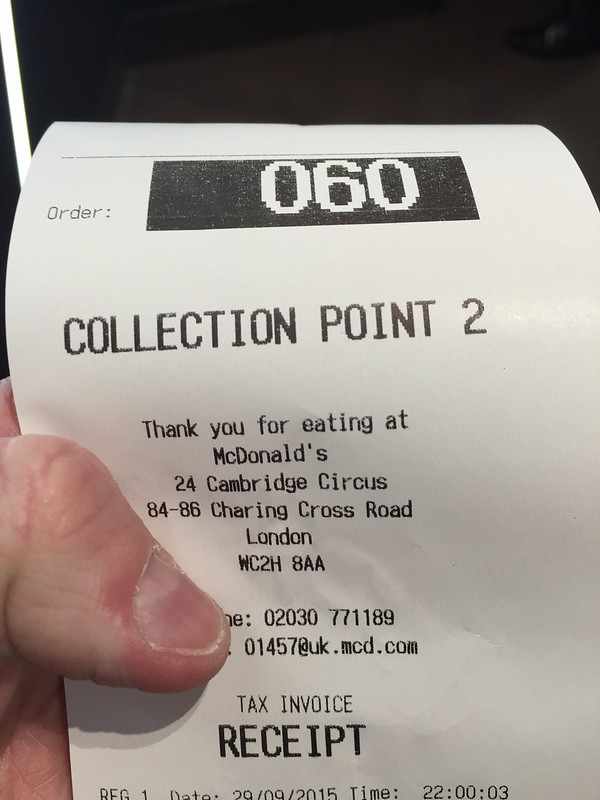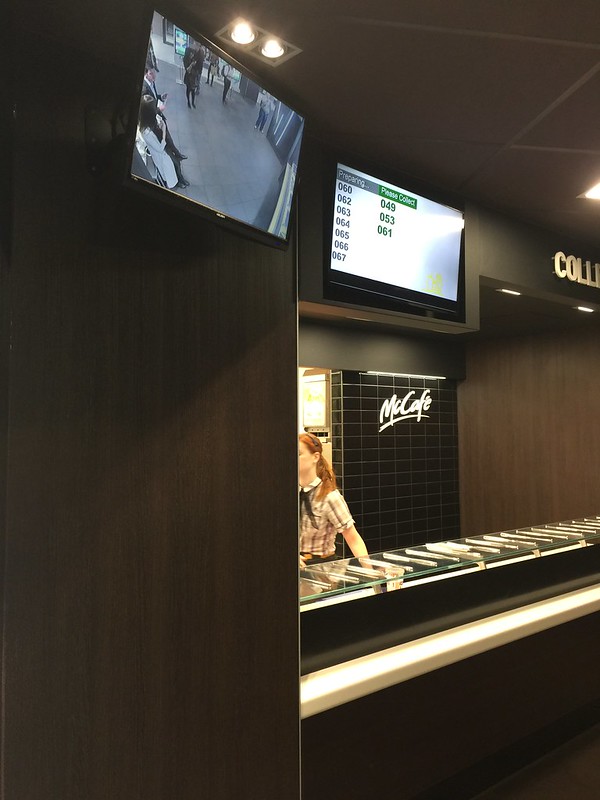I haven’t thought about Radio Rentals and its ilk in years. But I started to think of them again with this post. The idea came out of a couple of conversations that I had over the past few months.
What is Radio Rentals?
Radio Rentals is one of a number of brands (Martin Dawes, Granada, Radio Rentals DER and Rumbalows), who used to rent TVs and video recorders. Globalisation made TVs discretionary items and technology made them more reliable.
Maturation of the smartphone market
As of February this year Apple was sitting on a cash hoard of 178 billion US dollars, most of which is kept outside the US to ensure it doesn’t get taxed. It has made the bulk of the money from the iPhone. However the smartphone market is changing, the growth in mature markets is slowing down dramatically, as has smartphone growth in China. The growth in developing markets is being driven by smartphones priced so low that margins are razor thin. Things are so tight that component suppliers have gone under.
Apple is at the premium end of the market but other players are trying to migrate in that direction to which means that the middle of the market and premium products are very similar in terms of industrial design. So if one had a cheap source of capital it would be advantageous to come up with a way to stitch in clients and making it easier to onboard clients from the competition. Rather like the TV rental business of old.
So when Apple launched the 6S range of handsets, this wasn’t much of a surprise
Exclusively at Apple’s retail stores in the US, customers can choose their carrier and get an unlocked iPhone 6s or iPhone 6s Plus with the opportunity to get a new iPhone annually and AppleCare+ on the new iPhone Upgrade Program with monthly payments starting at $32 (US) and $37 (US), respectively.
From a carrier point-of-view this presents a set of mixed blessings, it decouples the handset upgrade path from the consumer’s mobile carrier plan. On the one hand carriers no longer have to foot the high cost of iPhone purchases, but iPhone customers have less of an incentive to sign up to two-year contract with the likes of Verizon or Sprint which will make their cashflow less predictable in the longer term as consumers churn contracts and carriers will have get more creative with their contract incentives.
We may see hybrid deals of content, voice minutes and data – rather like cable companies or BTVision. Of course, having those kind of OTT bundles has implications for for their networks and the likes of HBO are probably not likely to commoditise their product prices so that bandwidth and be saved from a downward spiral.
Apple’s move has some advantages, but isn’t without risks:
- Moving consumers to a lease model means a degree of predictable revenues
- It provides with a modicum of control over the market for pre-used handsets, if they use it. This huge. Think about the roles that smartphones play in our lives for a moment; they aren’t just communications devices but give an idea of status and self expression as well. Just because cheap smartphones are for sale in the developing world doesn’t means that consumers don’t want the real thing. Apple could tap into a pre-existing informal market of channels to sell pre-owned smartphones into these markets and make their competitors hurt a lot more. It would effectively dig a trench between mid-market and premium handsets and force competitors to go to lower price points
- It raises competitive barriers against competitors. Not that many competitors have the access to easy cheap money in order to finance this kind of scheme. If it could be done profitably by third parties; we would see the likes of ICBC and the Bank of China setting up subsidiaries to finance Huawei phone purchases. There is little to no margin in the financing itself. For investors the opportunity cost wouldn’t be worthwhile. Given its lack of profitability the leases can’t be securitised easily to palm the risk off on institutional investors – which was how the likes of MBNA grew their consumer finance businesses. Third parties would need to get involved in areas that aren’t their strength such as a superior supply chain and channel strategy to that held by the wireless carriers to bring down the cost per handset and ensure that the handset was available near the consumer. Apple doesn’t need to make a profit on the leasing business, it just needs to not make a loss
The risks in this move are:
- Increased amounts of handset repairs. Many consumers today put up with cracked screens rather than having them repaired due to the cost and inconvenience involved. Going to the leasing model puts all of that back on Apple. If a third party were to attempt it, there would be a whole service network which they would need to build out
- Leasing agreements like this will be a magnet for organised and disorganised crime. There will be small but significant loses of handsets from false address fraud to ‘fake thefts’, Apple will be facing the kind of persistent criminal problems that face catalogue retailers to credit card companies
- What happens when the US economy tanks and Apple faces default payments on its handset leasing programme?
- The strategy relies on consumers seeing a continued value in regularly upgrading their handset. What led to the demise of TV rental companies was: more reliable televisions with the move from discrete components to integrated circuits, real cost reduction of TVs as they became more popular and a lack of compelling reason to upgrade once they had a colour TV. When we think about smartphones, the cost of a handset is being reduced (at least in the Android eco-system), they are generally pretty reliable – the weak points being the easily damaged screen and chemical life of the battery and there hasn’t been significant new use cases from successive generations of handsets
More information
CCS Insight cuts global handset forecast | TotalTelecom
SMARTPHONES: Price Wars Topple Huawei, ZTE Supplier
Apple Introduces iPhone 6s & iPhone 6s Plus
More on Apple here.







